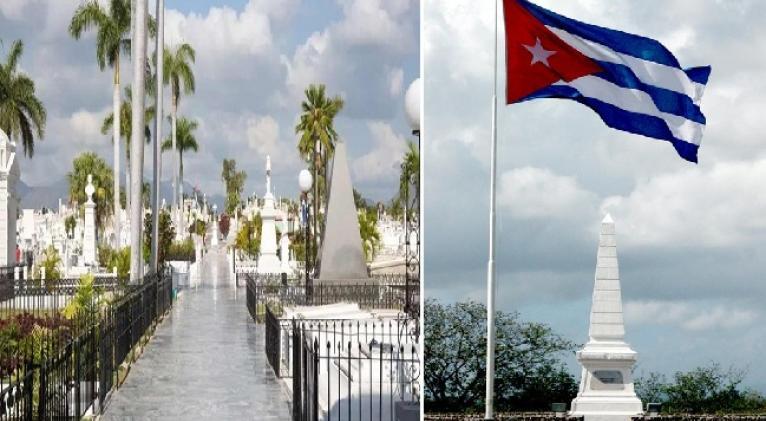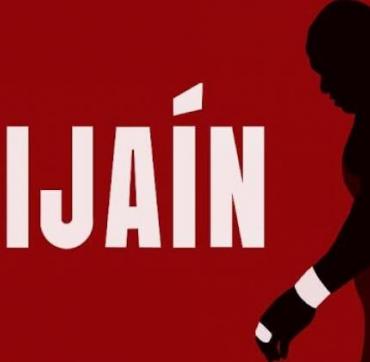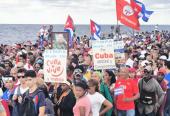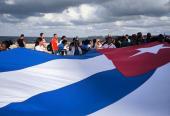Santa Ifigenia and Dos Ríos: National Monuments of Cuban Memory
especiales

On May 20, 1979, the Cuban state declared two deeply symbolic sites as National Monuments: The Santa Ifigenia Cemetery in Santiago de Cuba and the area of Dos Ríos, located in today’s Granma province.
Both places, closely tied to the life and legacy of José Martí, were recognized for their immense historical, cultural, and patriotic significance. The designation came as part of a broader institutional effort to preserve the sites where the Cuban nation was founded and defended.
Inaugurated on April 28, 1868, Santa Ifigenia Cemetery is the final resting place of 32 generals from the wars of independence. It is also where the remains of José Martí, Carlos Manuel de Céspedes, Frank País, and other fighters for the lone-star flag lie, alongside the ashes of Commander-in-Chief Fidel Castro Ruz since 2016.
Spanning 133,000 square meters, the cemetery was originally declared a National Monument on February 7, 1937, a status reaffirmed on May 20, 1979, after the triumph of the Cuban Revolution.
Dos Ríos, the meeting point of the Cauto and Contramaestre rivers, stands as a national monument to the defense of sovereignty and dignity with one’s very life. It was here that José Martí, Apostle of Cuban independence, fell in combat on May 19, 1895.
Hours after this profound loss for the independence struggle, two local residents, Antonio Pacheco and his father José Rosalía Pacheco, marked the site, fully aware of its lasting symbolism. Later that year, on October 10, Enrique Loynaz del Castillo and José Rosalía placed a wooden cross there and buried a bottle containing a written document to perpetuate the tribute.
In August 1896, Fermín Valdés Domínguez wrote a chronicle about the creation of the first humble monument to Martí in Dos Ríos. He recounted that more than 300 Mambises, led by General Máximo Gómez, crossed the Contramaestre River and gathered stones from its banks to build a symbolic mound in honor of the great patriot who had fallen there.
After the war’s end, it wasn’t until 1901 that a city councilor from Palma Soriano formally proposed a monument for the site. The idea only materialized three years later, when, on May 20, 1913, a modest obelisk was inaugurated in a public ceremony. It is said that stones from the original Mambí monument were melted into the base of this new tribute.
The current monument—a 15-meter-tall obelisk with a stepped base and four plaques detailing Martí’s life and death—was inaugurated in 1922, funded by popular donations.
After the Revolution’s victory, significant renovations were undertaken in 1975 with the creation of a Martí-themed park. Its landscaping includes plant species Martí mentioned in his Campaign Diary.
White roses bloom there, “in July as in January.”
Translated by Sergio A. Paneque Díaz / CubaSí Translation Staff














Add new comment